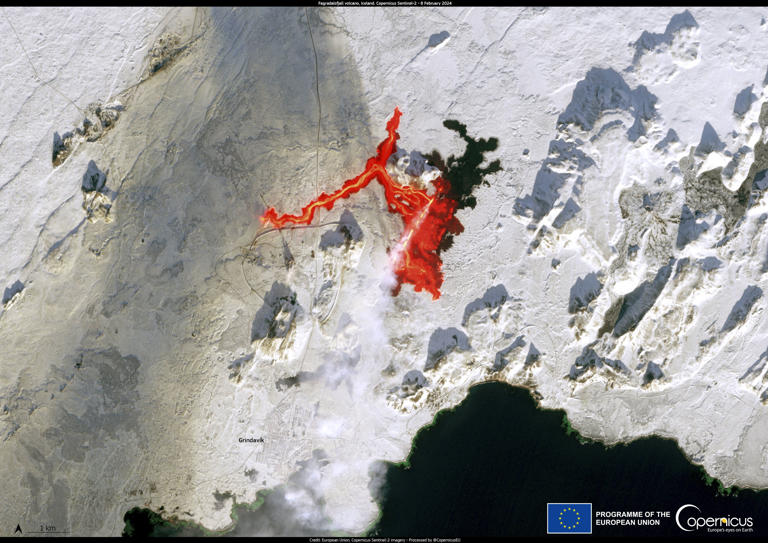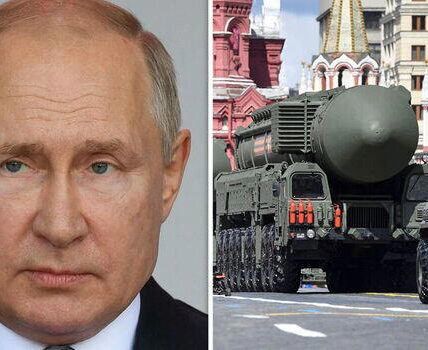Exploring the Grindavik Volcano Eruption: A Stunning Natural Phenomenon
Explore the Grindavik volcano eruption in Iceland, its impact on communities, and the stunning satellite images capturing the lava flow. Learn about the latest updates and observations from the Icelandic Met Office.

Grindavik Volcano Eruption: Witnessing Nature’s Spectacle
The Grindavik volcano eruption in Iceland has captivated the world with its awe-inspiring display of natural power. Since December 2023, this volcanic activity on Iceland’s Reykjanes Peninsula has been a focal point of attention, causing significant disruptions and leaving indelible marks on the landscape.
The eruption, captured by the European Union’s Copernicus’ SENTINEL-2 satellite, has produced stunning images of molten lava flowing across the snowy terrain. The focal point of our discussion revolves around this captivating event—the Grindavik volcano eruption.
Understanding the Grindavik Volcano Eruption
The Grindavik volcano eruption commenced after a series of tectonic activities and earthquakes in the region. What began as seismic rumblings culminated in the eruption of the volcano, spewing molten lava from a fissure measuring 1.9 miles long.
The lava, a mesmerizing sight captured by satellite imagery, traveled approximately 2.8 miles west from its eruption point. Another smaller stream of lava flowed southward, towards the Atlantic Ocean, carving its path through the icy ground.

Impact on Communities and Infrastructure
The eruption of the Grindavik volcano brought about significant disruptions to the region. Over 20,000 households in Iceland were affected as the lava flow disrupted the hot water supply. The local Civil Protection Agency elevated the alert level to emergency status for the entire Reykjanes Peninsula region, located in the southwest of the country.
Communities near the volcano faced challenges in managing the aftermath of the eruption. The disruption to essential services highlighted the vulnerability of infrastructure in volcanic regions.
Observations and Updates
The Icelandic Met Office (IMO) played a crucial role in monitoring the volcanic activity. A drone flight conducted on 9 February provided valuable insights, revealing no eruptive activity at that time. It is believed that the current eruption has ceased, consistent with previous eruptions that lasted around two days, with the majority of magma expelled within the first 24 hours.
 Conclusion: Nature’s Unpredictable Forces
Conclusion: Nature’s Unpredictable Forces
The Grindavik volcano eruption serves as a reminder of nature’s unpredictable forces and the dynamic processes shaping our planet. While the eruption brought about disruptions and challenges, it also offered an opportunity to witness the remarkable resilience of communities in the face of adversity.
As we reflect on the Grindavik volcano eruption, let us continue to appreciate the wonders of our natural world and remain vigilant in our efforts to understand and mitigate the impacts of volcanic activity.
In conclusion, the Grindavik volcano eruption stands as a testament to the raw power of nature and the resilience of humanity in the face of adversity.




